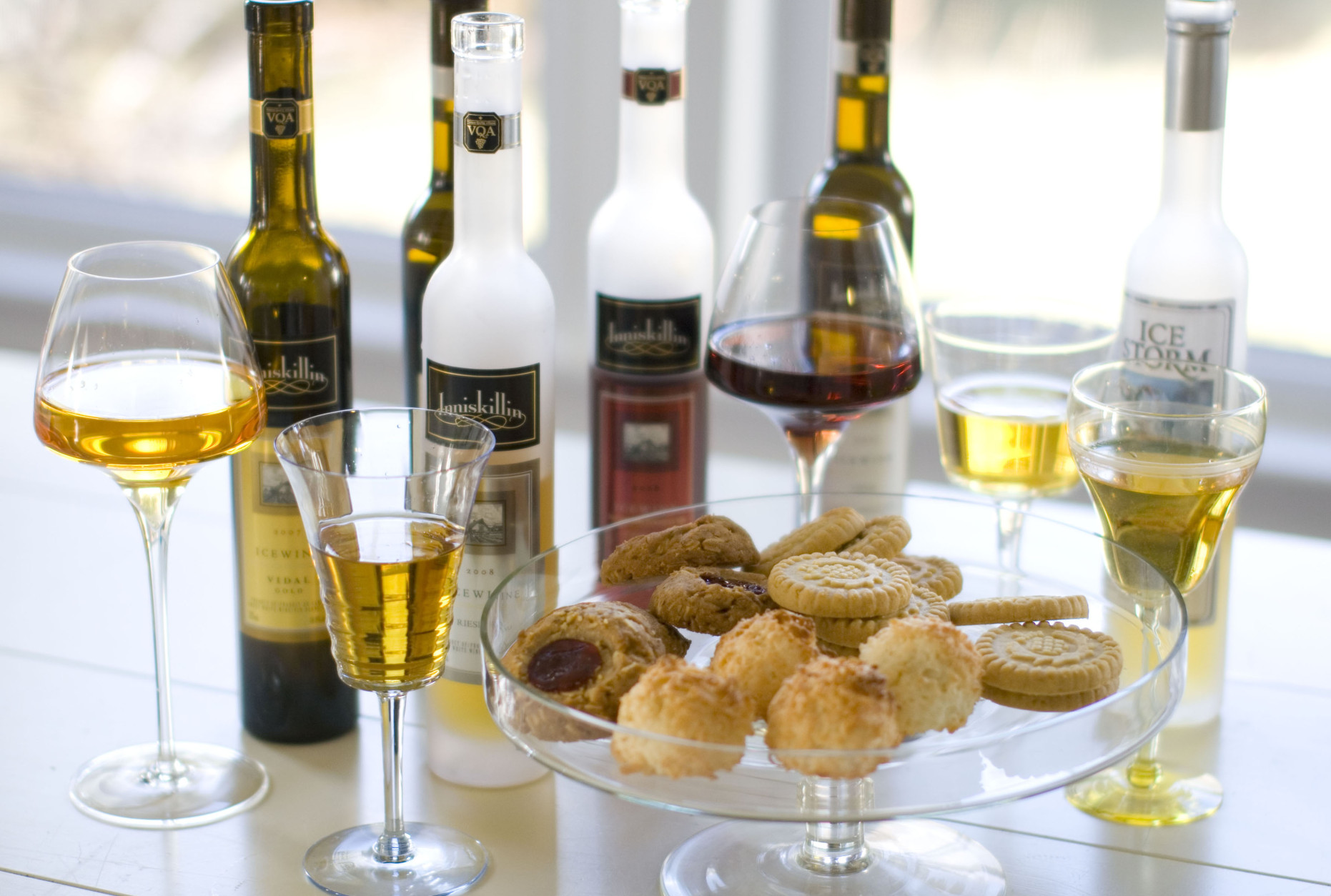

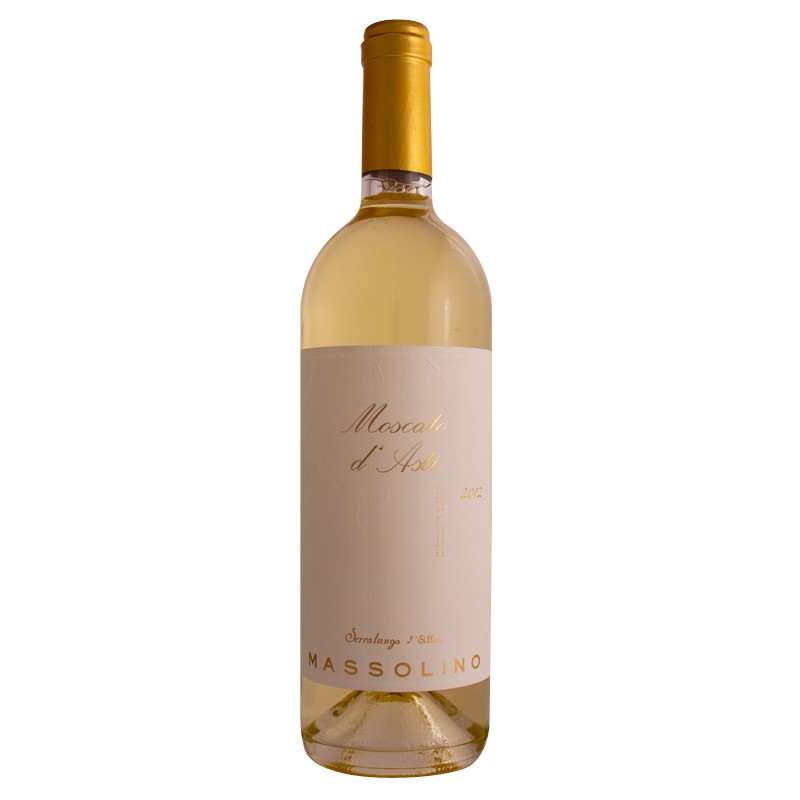
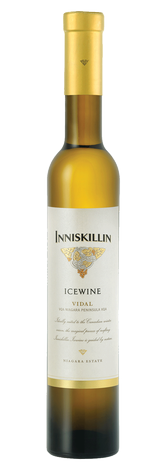
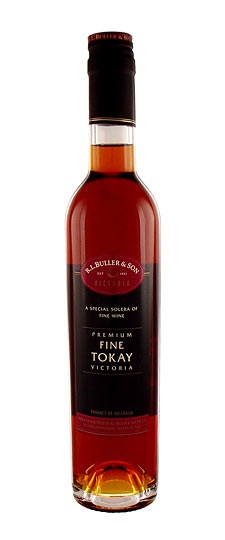
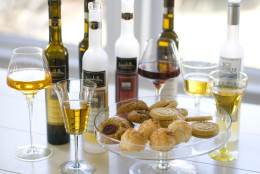
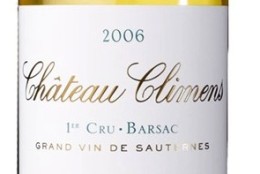
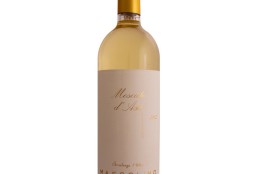
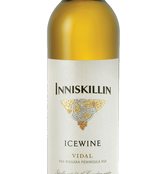
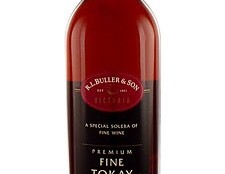
WASHINGTON — Americans have a sweet tooth. We crave doughnuts, candy bars and nearly every conceivable flavor of ice cream. So it’s surprising that many wine consumers ignore dessert wines.
Identical to their dry cousins, sweet wines come in many distinct styles with a myriad different flavor profiles. Sweet wines have a higher residual sugar after fermentation than “dry” wines. When integrated with other distinct flavors and appropriate acidity for balance, the best sweet wines move beyond cloying and syrupy and into the realm of enchanting and profound.
Since they easily match up with a variety of foods that complement their sweetness, flavor and texture, sweet wines no longer have to be relegated to just the dessert course. A classic example is serving Sauternes with foie gras; the acidity cuts through the fatty richness and the citrus and honey flavors pair well with the liver.
Of course, sweet wines can also take the place of dessert, since sipping a complex dessert wine is often a more interesting way to conclude a fine meal, rather than consuming a chunk of cheesecake.
Sweet wines are made with a myriad techniques, but the bottom line is that the high sugar content of a late-harvest grape is more than the yeast can convert into alcohol during fermentation. Therefore, the “residual sugar” produces a sweeter wine than a wine where the yeast converts all (or almost all) of the sugar to alcohol (like a dry wine). Fortified wines are an exception because they are produced by adding high alcohol grape sprits to artificially halt the fermentation process before the yeast can finish its job. This latter method is used to vinify Port.
Of course, some of the world’s most desired dessert wines are the result of an infection by a fungus, Botrytis Cinerea, which desiccates the grapes — shriveling them on the vine and concentrating their sugar while imparting a distinctive honey-like flavor. This is the typical method associated with the wonderful dessert wines of Sauternes and Barsac, located in the Bordeaux region of France.
So if you’re planning on throwing an extravagant holiday fete or simply spending a quiet evening with family and friends, consider sweetening up your gathering with one of the following sweet wines:
A good place to begin exploring sweeter wines is also one of my favorite ways to welcome dinner guests. The 2013 Massolino Moscato d’Asti from the Piedmont region of Italy is a refreshingly light, gently effervescent sweet wine created from Moscato Bianco grapes in Italy’s northwest Piedmont region. Its lovely aromas, complex flavors of ripe peach, white nectarine and pear overtones are balanced beautifully against the bright acidity. It makes a great aperitif and it pairs beautifully with apricot tarts and other fruit pastries. Serve it well-chilled. $20
A bargain among Down Under fortified wines, the R.L. Buller “Fine” Tokay Rutherglen Victoria from Australia features wonderfully complex aromas of ripe figs and dried apricots. Flavors of toffee, honey and candied orange rind provide a sweet-but-fresh mouth feel thanks to the backbone of acidity, which carries through on the balanced — and lengthy — citrusy finish. $15 per half bottle
The weather in Canada’s Niagara Peninsula gets cold enough to create gorgeous ice wines in the more traditional fashion. The grapes are harvested frozen and then hurried to the winery for processing. The 2012 Inniskillin Vidal Ice Wine from the Niagara Peninsula of Canada is an outstanding example with rich sweet peach and ripe apricot flavors beautifully balanced by crisp citrus acidity and featuring a nicely balanced mango, apple and apricot flavored finish. $50 per half bottle
Extraordinary dessert wines are created in the Sauternes and Barsac regions of the famed Bordeaux appellation in France. Semillon is the predominant grape varietal utilized in these highly collectible wines that can cost several hundred dollars for just a half-bottle.
Producing these wines is a labor-intensive process requiring multiple passes among the vines over several days in order to hand-select individual grapes. The delicious, full-bodied 2006 Chateau Climens Sauternes from Bordeaux displays waxy honeyed pineapple and delicate marmalade and citrus notes on the nose. In the mouth, the wine cuts a full-bodied swath across the palate with flavors of orange marmalade, ripe apricot and juicy peach buoyed by terrific acidity, freshness, and moderate sweetness on the long, lush finish. $50 per half bottle







